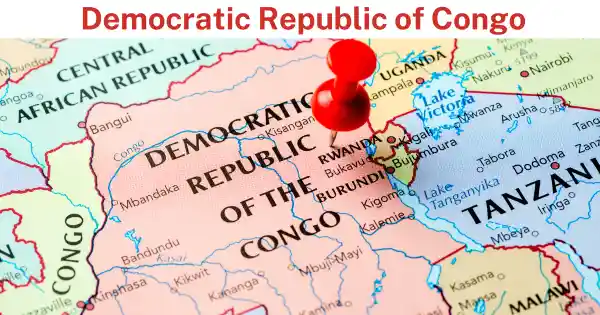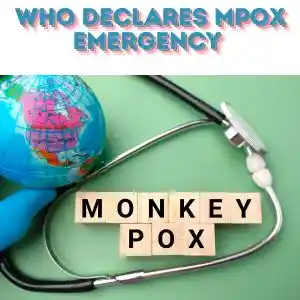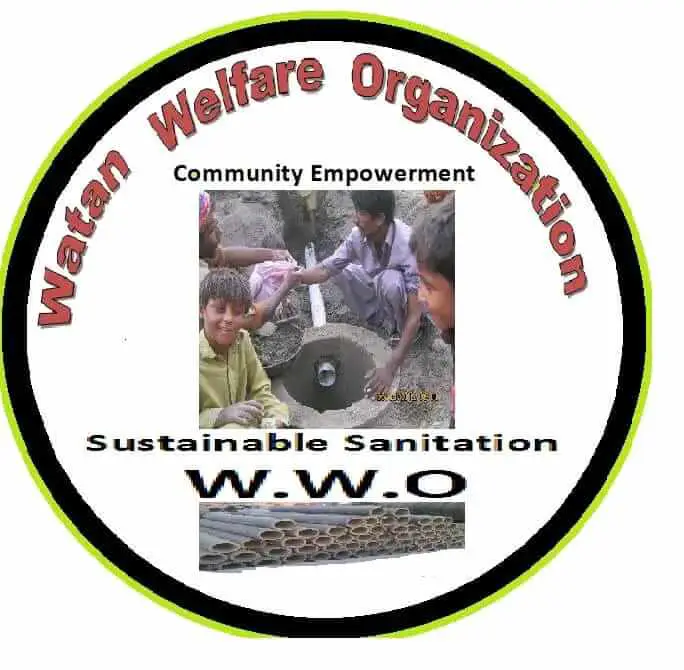Mpox
How to Protect Yourself from Mpox: Essential Precautions and Safety Tips
To protect yourself from Mpox, avoid touching wild animals, wash your hands regularly, wear masks and gloves if needed, and learn the symptoms like fever or rash. Vaccines can also help if you’re at risk!
Table of Contents
Overview and Origin of Mpox Virus
Mpox, formerly known as monkey pox, is a viral disease caused by the mpox virus, which belongs to the Orthopoxvirus genus, the same family as the variola virus that causes smallpox. The disease was first identified in laboratory monkeys in 1958, but the first human case was reported in 1970 in the Democratic Republic of the Congo.



Origin: The monkeypox virus is thought to be zoonotic, meaning it can be transmitted from animals to humans. The natural reservoirs are believed to be rodents, and transmission to humans typically occurs through contact with infected animals or their bodily fluids. The virus is also known to spread from human to human through respiratory droplets, direct contact with bodily fluids, and contaminated materials.
Re-Emergence from Gulf Countries
In recent years, there has been an uptick in monkey pox cases globally, including in Gulf countries. The resurgence can be attributed to several factors:
- Global Travel and Trade: Increased international travel and trade facilitate the spread of infectious diseases across borders. Gulf countries, being major transit hubs, are at risk of importing and exporting diseases.
- Urbanization and Density: High population density and urbanization in cities like Dubai and Riyadh can contribute to the rapid spread of infectious diseases.
- Surveillance Gaps: In some regions, inadequate surveillance and healthcare infrastructure may lead to underreporting and delays in identifying and controlling outbreaks.
- Climate Factors: While monkeypox is not directly transmitted by vectors like mosquitoes, changing climate conditions can influence the habitat and behavior of reservoir species, potentially increasing the risk of zoonotic spillover.
Precautions



To prevent the spread of monkey pox, the following precautions are recommended:
- Avoid Contact with Animals: Avoid contact with wild or unfamiliar animals, especially those that might be infected. If handling animals, use protective clothing and ensure proper hygiene.
- Practice Good Hygiene: Regular handwashing with soap and water can reduce the risk of transmission. Use hand sanitizers if soap and water are not available.
- Wear Protective Equipment: In areas with known outbreaks, using personal protective equipment (PPE) such as masks and gloves can help prevent the spread of the virus.
- Educate on Symptoms: Awareness of symptoms, which include fever, rash, and swollen lymph nodes, is crucial for early detection and containment.
Vaccination and Treatment
Vaccination:
- Smallpox Vaccine: The smallpox vaccine provides some cross-protection against monkeypox, as both viruses are closely related. Individuals who have been vaccinated against smallpox may have partial immunity to monkeypox
- Mpox-Specific Vaccines: Research is ongoing into vaccines specifically targeting monkey pox. In the event of an outbreak, public health authorities may recommend vaccination for high-risk groups.
Treatment:
- Antiviral Medications: There are no specific antiviral treatments for mpox, but antiviral drugs used for smallpox, such as tecovirimat (TPOXX) and brincidofovir, may be effective. The use of these drugs is generally reserved for severe cases or outbreaks.
- Supportive Care: Treatment mainly involves supportive care to manage symptoms. This includes hydration, pain management, and monitoring for secondary infections.
- Isolation: Infected individuals should be isolated to prevent transmission to others. Proper hygiene and disinfection of contaminated surfaces are important.
Quarantine Measures
- Isolation of Infected Individuals: People infected with mpox should be isolated from others to prevent the spread of the virus. This includes staying at home or in a healthcare facility until they are no longer contagious.
- Contact Tracing: Public health authorities should conduct contact tracing to identify and monitor individuals who may have been exposed to the virus.
- Travel Restrictions: During outbreaks, travel advisories or restrictions may be implemented to limit the spread of the disease.
- Health Surveillance: Enhanced surveillance helps to quickly identify and manage new cases, prevent further spread, and ensure timely response.
Conclusion
Mpox remains a significant public health concern, particularly with its re-emergence in various regions, including the Gulf countries. Effective management requires a combination of preventative measures, vaccination where available, treatment of infected individuals, and rigorous quarantine protocols. Global cooperation and vigilance are essential to control the spread of mpox and safeguard public health.



